Strizh High-Speed train

►Transport ►Russian Trains ►High-Speed trains in Russia ►Strizh High-Speed train
The Strizh (Стриж) high-speed trains runs along the route of Moscow - Nizhny Novgorod - Moscow.
TRAIN
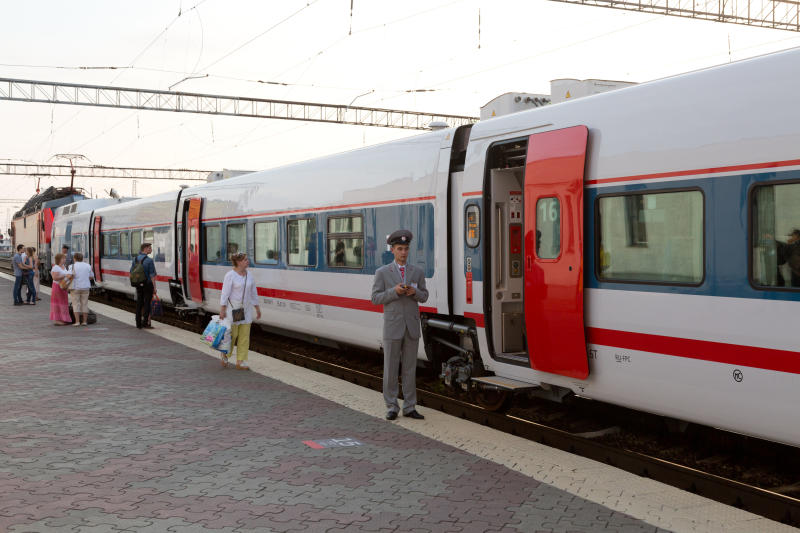
Strizh means swift in Russian and so joins the collection of high-speed trains which are named after birds – such as the Spasan (peregrine falcon) and the Lastochka (swallow). In a vote for the name, Strizh beat Lanner (lanner falcon) and Orlan (sea-eagle). The Strizh is a Spanish Talgo train which was adapted for Russian Railways. In addition to Spain, these trains also run in Uzbekistan and Kazakhstan.
The Strizh’s Maximum speed on the Moscow - Nizhny Novgorod route is 180km/h and it is 265m long.
ROUTE
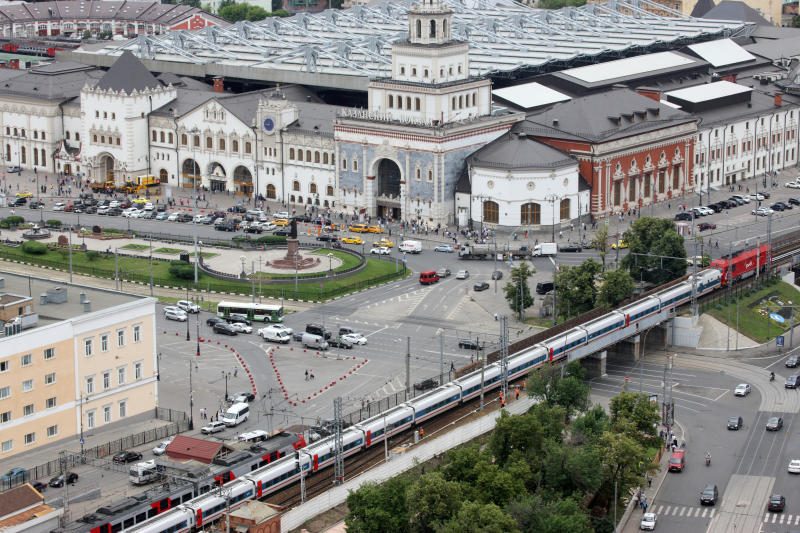
Some of the trains on the Moscow - Nizhny Novgorod - Moscow route make stops in Dzerzhinsk, Kovrov and Vladimir, although some make no stops at all. It takes just over 3½ hours to travel from Moscow to Nizhny Novgorod, so it is almost half an hour faster than the Sapsan. If using the train to travel to Vladimir, note that it only has a two-minute stop in Vladimir so be ready in advance to leave the train or get on.
WAGONS
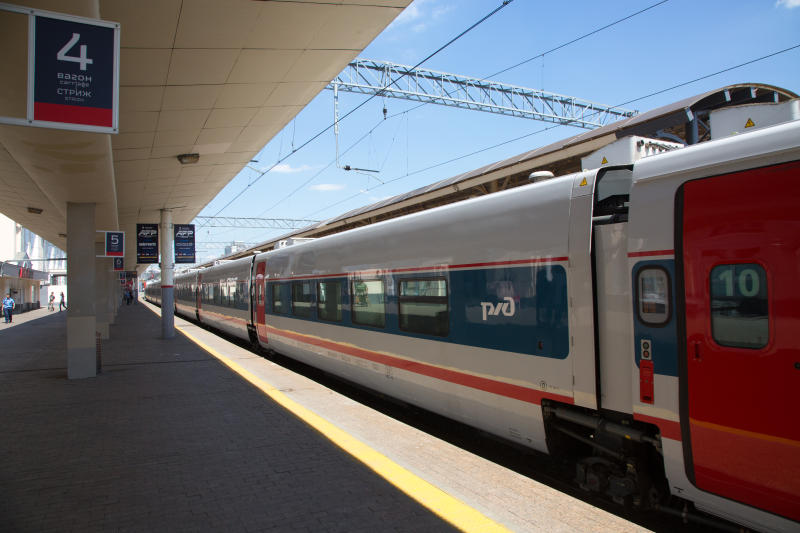
The carriages of the train are shorter and lower than standard Russian ones.
It has 20 carriages: nine seating wagons in second class, two first class seating wagons, five luxury coaches with double compartments and beds, a dining carriage, a bistro carriage, and two engineering carriages. In total is has 414 places.

SV Wagons
The luxury or SV (СВ) wagons have showers and toilets in each compartment. All carriages are equipped with air conditioning, toilet facilities, and sockets for charging mobile devices (in the second class carriages there is one socket for two seats).
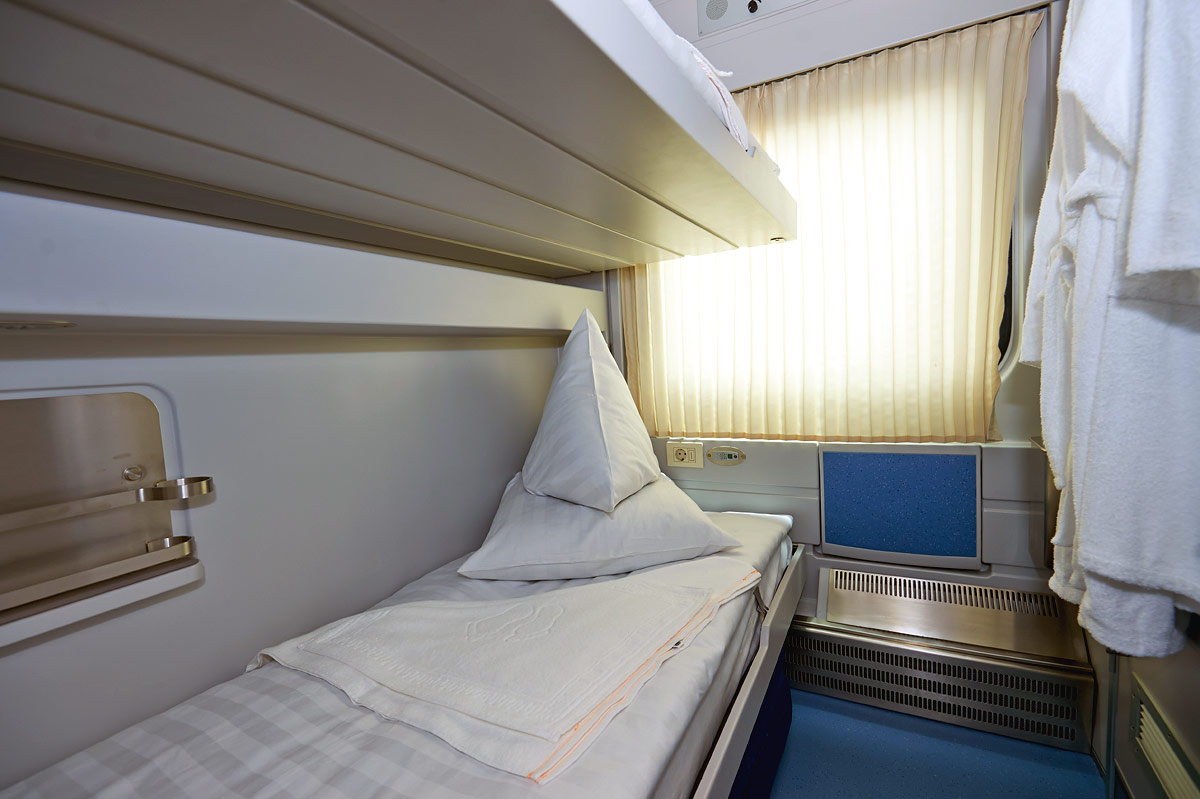
- 5 sleeping compartments with 2 beds in each
- Wagons number 1,2,3,4,5
- Included: hot meals, bed linen, towels, blanket, hygienic kit.

Each compartment has:
- 2 beds (can be lower place transform at 2 seats)
- individual bathroom with shower, sink and composting toilets,
- TV with a choice of films,
- folding table,
- outlet 220,
- safe.
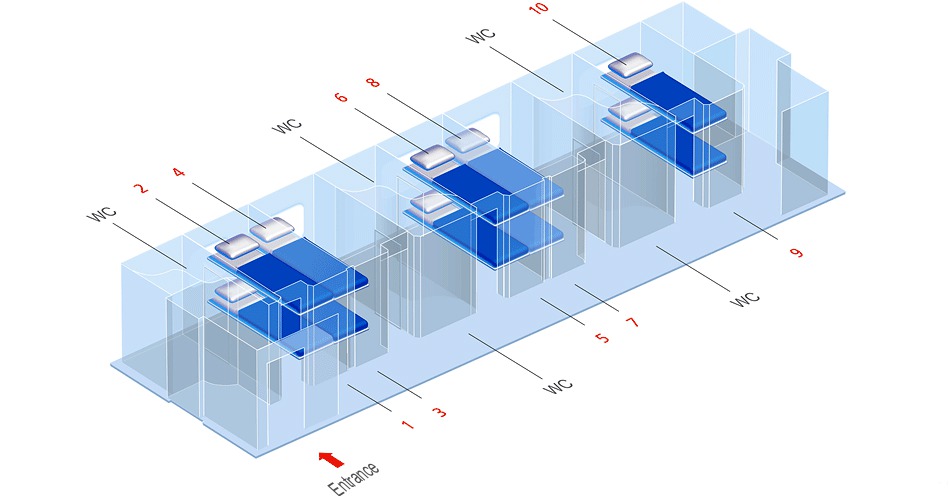

1st Class Wagon
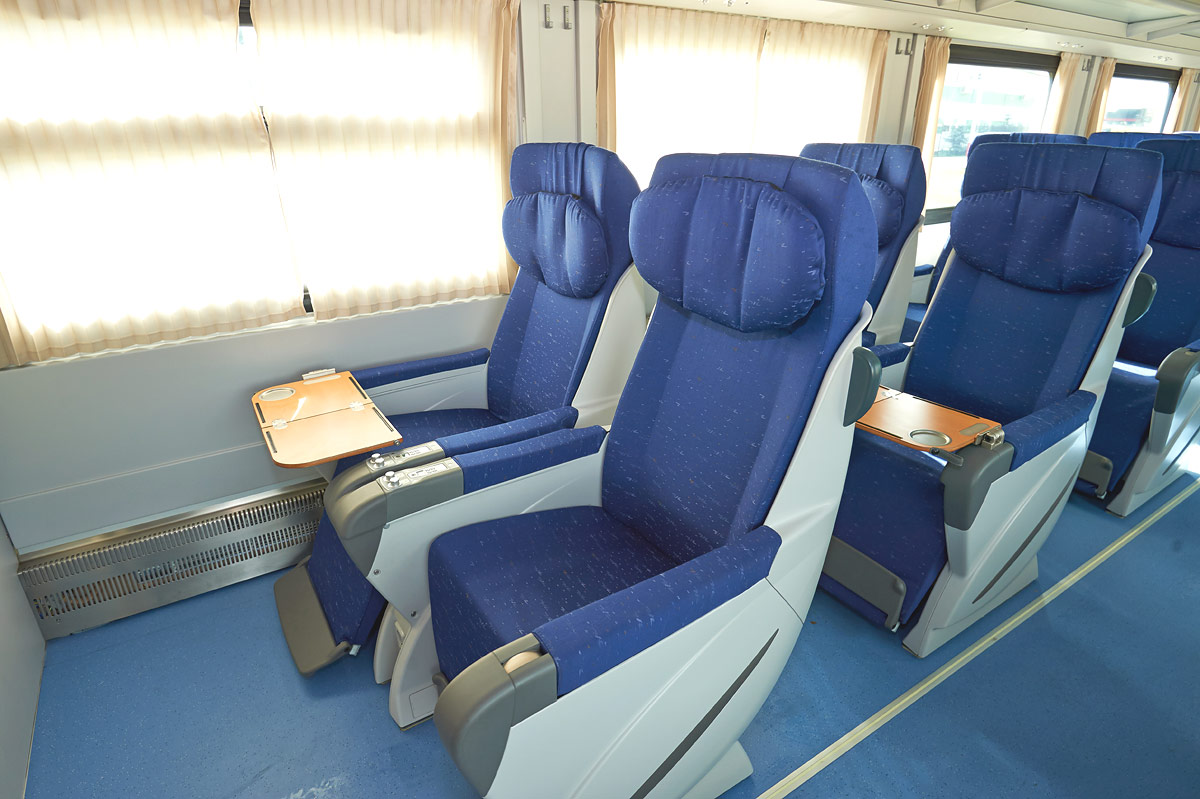
- 20 seats
- Carriage No. 8, 9
- Included: hot meals, plaid, hygienic kit.
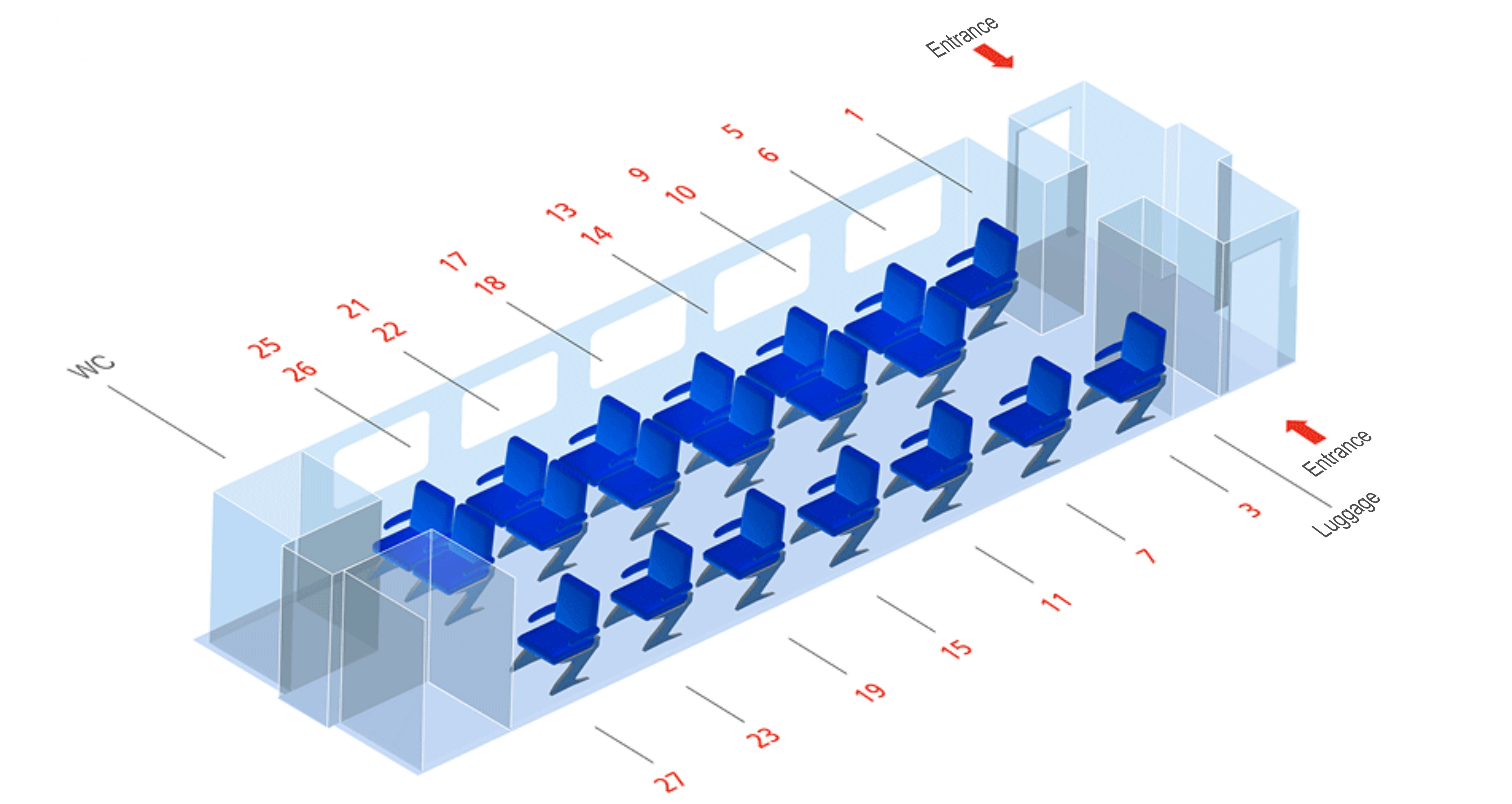
Each seat equipped:
- adjustable headrest, backrest and footrest,
- Individual folding table,
- Individual lighting system
- audio system,
- outlet 220V:

2nd Class Wagon
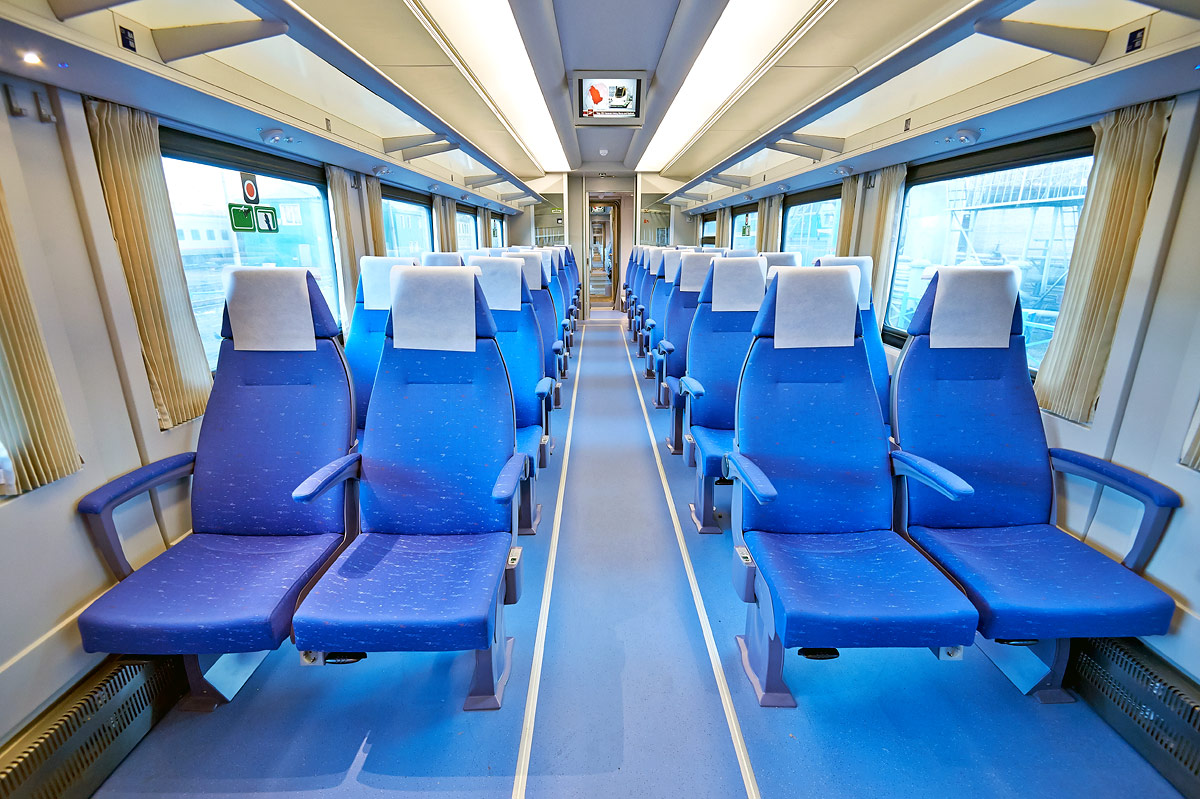
- 36 seats
- Carriage No. 10, 11, 12, 13, 14, 15, 16, 17, 18
- For extra charge: food and beverages, publications, souvenirs.
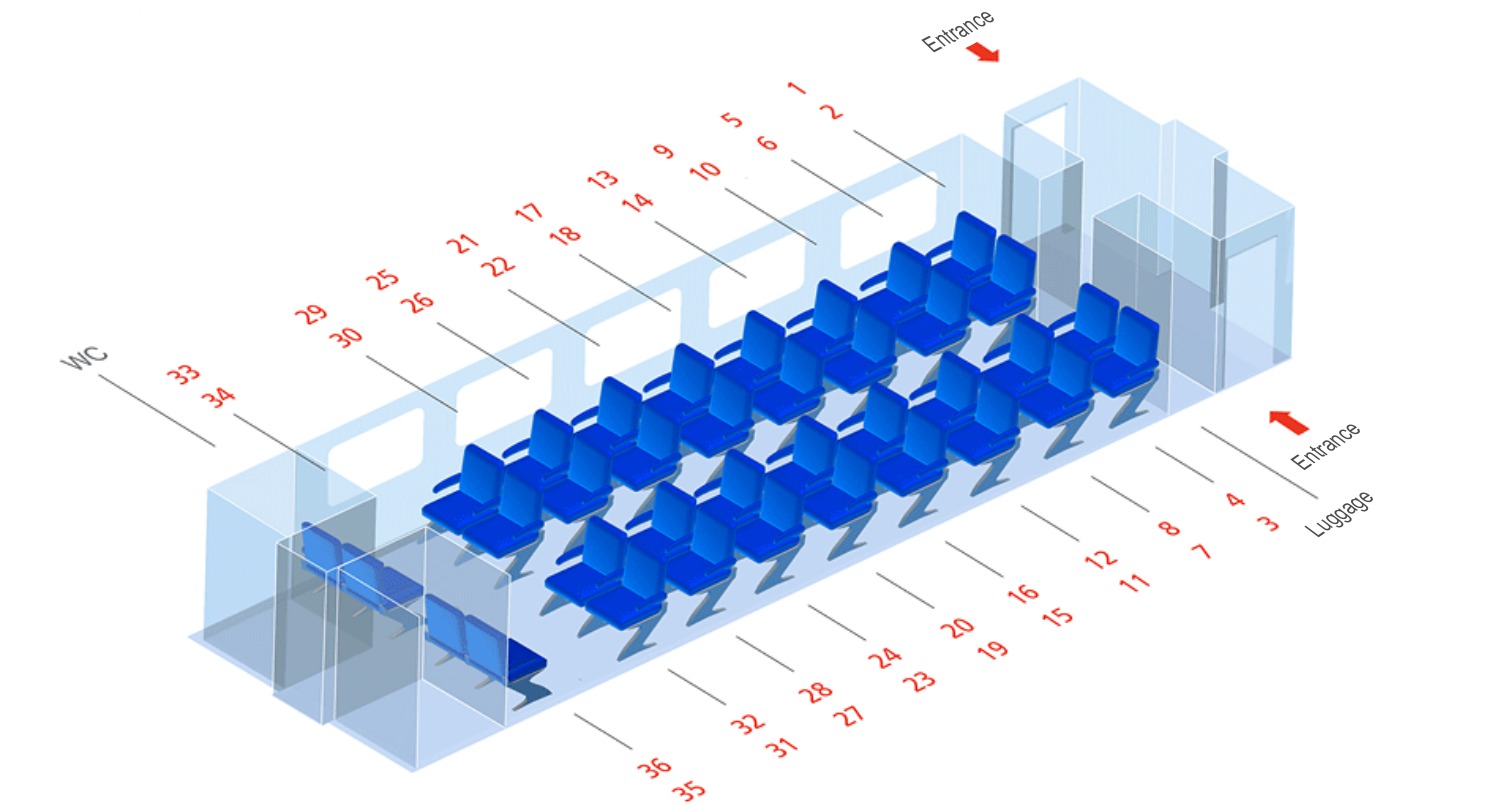
Each seat has:
- Reclining chairs,
- Individual folding table,
- Individual lighting system
- Audio system
Getting on the train is only possible from low platforms. At all stations where it makes a stop the platform is marked to show where each carriage will stop, so you can find the place where the carriage will stop before the arrival of the train.
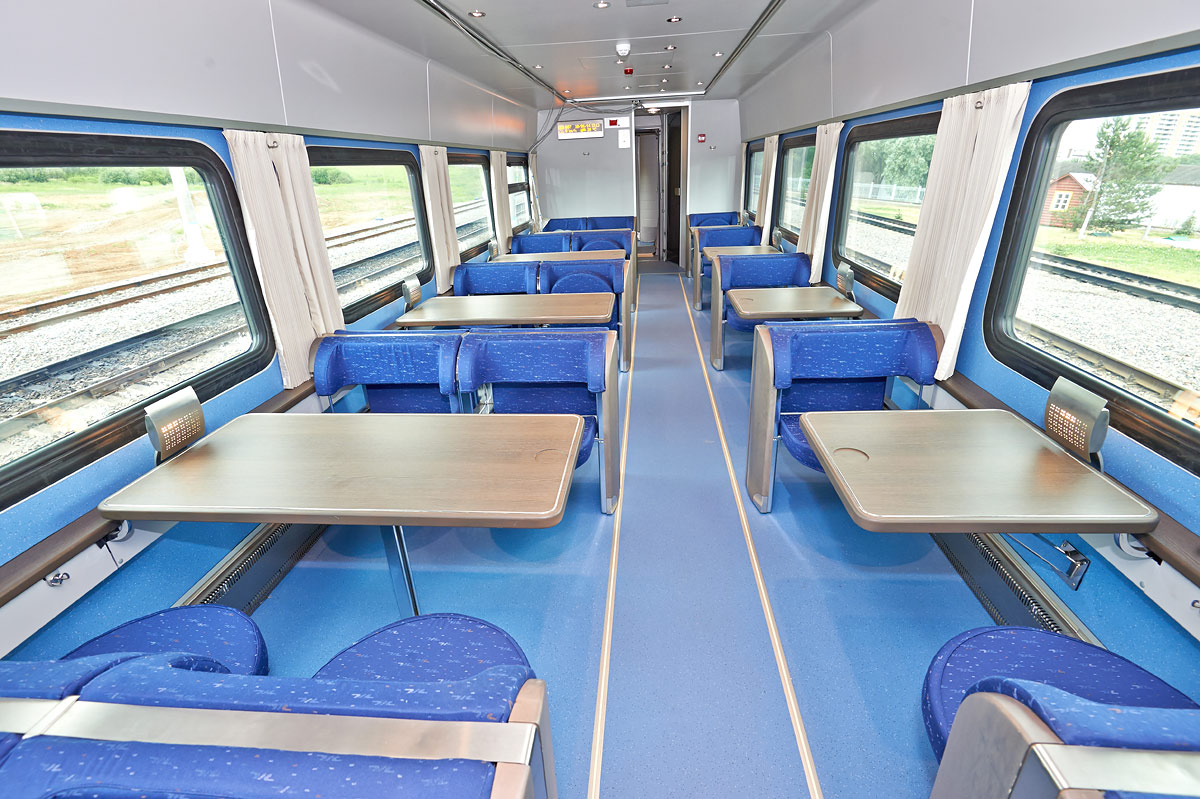
All cars have access to Wi-Fi. As of the beginning of June 2015 access is free, but later a small fee is expected to be charged.
The train departs from the first platform of Kursky Railway Station in Moscow.
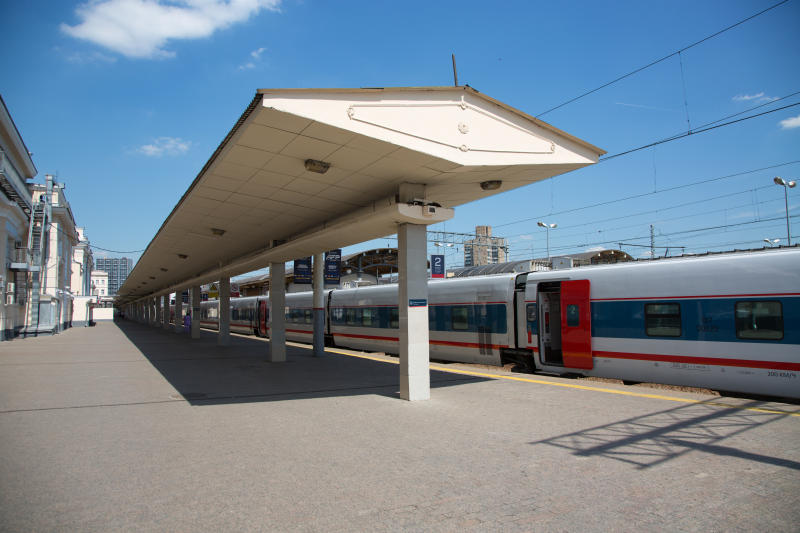
►Transport ►Russian Trains ►High-Speed trains in Russia ►Strizh High-Speed train
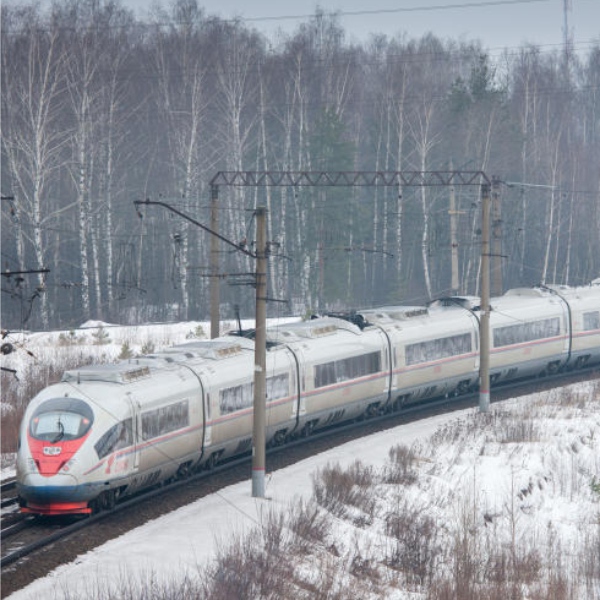 The Sapsan is a high-speed train which operates between Moscow and St Petersburg, bringing the travelling time between the two Russian capitals down to 3 hours 45 minutes. It also has a convenient schedule and several classes of carriages.means swift in Russian and so joins the collection of high-speed trains1 which are named after birds – such as the Sapsan (peregrine falcon) and the Lastochka (swallow). Read more...
The Sapsan is a high-speed train which operates between Moscow and St Petersburg, bringing the travelling time between the two Russian capitals down to 3 hours 45 minutes. It also has a convenient schedule and several classes of carriages.means swift in Russian and so joins the collection of high-speed trains1 which are named after birds – such as the Sapsan (peregrine falcon) and the Lastochka (swallow). Read more...
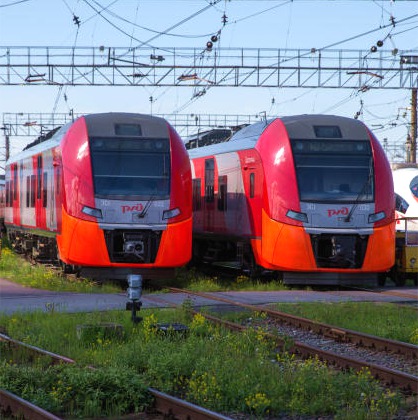 The Lastochka train is the most common high-speed train in Russia. The first Lastochka started to operate temporarily in 2013 in Kazan to carry guests of the Universiade from the airport to the city centre. The train is a localised version of the German Siemens Desire train. Read more...
The Lastochka train is the most common high-speed train in Russia. The first Lastochka started to operate temporarily in 2013 in Kazan to carry guests of the Universiade from the airport to the city centre. The train is a localised version of the German Siemens Desire train. Read more...
